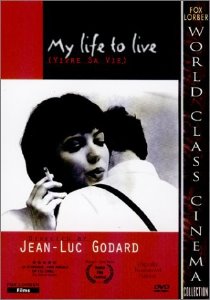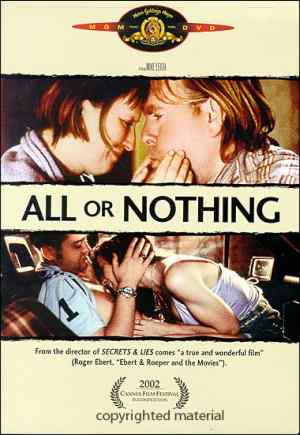Ed Wood
 Despite a slew of gothic horror films that focus on idiosyncratic loners who find love and inspiration in a woman's identification with them, Tim Burton's Ed Wood (1994) remains his best and most personal film. Rather than relying on special effects to express a character's emotions, as he has all too unfortunately done in films like Edward Scissorhands and the first two Batman features, here Burton finally spends time on developing out a bond that exists between an aging star and man who will only ironically become a star.
Despite a slew of gothic horror films that focus on idiosyncratic loners who find love and inspiration in a woman's identification with them, Tim Burton's Ed Wood (1994) remains his best and most personal film. Rather than relying on special effects to express a character's emotions, as he has all too unfortunately done in films like Edward Scissorhands and the first two Batman features, here Burton finally spends time on developing out a bond that exists between an aging star and man who will only ironically become a star.Ed Wood (Johnny Depp), an aspiring filmmaker whose ambition is matched only by his putrid grasp of talent, befriends aging actor Bela Lugosi (Martin Landau). As Wood tries to break into the film industry and get his vision financed, he cares for Lugosi, whose health keeps worsening with age and self-abuse. Burton's film follows Wood through his horrendous early work, culminating in the brilliant fascimile to Plan Nine From Outer Space, Wood's film that lovingly possesses the title of "Worst Film of All Time" for its utter ineptitude.
The nuance of Wood and Lugosi's friendship, really, is what defines this film and allows it to become something more than an homage to one of the worst filmmakers of all time. Even after a friendship proves costly and becomes a hindrance to the advancement of Wood's professional life, Wood remains steadfast in his devotion to the friend. Ultimately, this devotion transcends mockery and becomes touching, since, whatever Wood's faults, he always meant well. Indeed, his gang of freaks and "actors," if that word can be used, are those that the world has cast out, and so the idea that Burton identifies with this character is less than shocking.
This is a bio-pic that revels in Wood's delusional fantasies and attacks on highbrow artistry. As such, it becomes a film that possesses true value to filmmakers like Burton, who clearly understands the desire to direct a piece of cinema that is less than revolutionary simply because it's got a great idea somewhere in it. Yet, for the first time in his career, Burton also succeeds in bringing the humanity of the characters to the screen. This is a wonderful film, though it drags a little toward the end.
Ed Wood: 8.5/10













